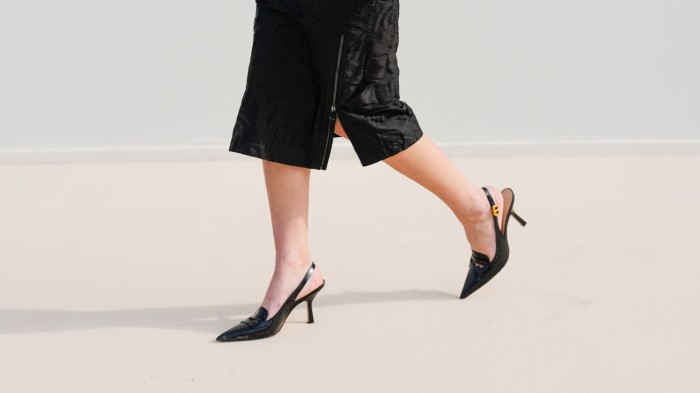Unlock the Editor’s Digest for free
Roula Khalaf, Editor of the FT, selects her favourite stories in this weekly newsletter.
Some people follow trends; real fashionistas anticipate them. Unhappy earnings from luxury behemoth and bellwether LVMH should therefore trouble discerning investors. The Louis Vuitton owner’s shares fell 7 per cent on Tuesday after poor first-quarter sales. But its reported figures don’t yet reflect much of a softening in the US market.
The main problem today is China. Consumers there have tightened their purse strings, which has hit sales in the country and, given Chinese nationals’ propensity to snap up trinkets on their travels, in the wider region too. LVMH’s revenues in Asia excluding Japan were down 11 per cent in the first three months of 2025. Sales in Japan fell 1 per cent — a sharp reversal compared with last year’s growth.
That’s poor news for a sector that relies on Chinese demand for about 30 per cent of sales, according to UBS. It also goes some way towards explaining the 5 per cent fall in LVMH’s key fashion and leather goods division, which includes such brands as Dior. Sales of wines and spirits, less than a tenth of total revenue, fell by 9 per cent, in an ill omen for peers Diageo, Pernod Ricard and Rémy Cointreau.
All this, though, is last season’s news. And it doesn’t take an Anna Wintour to see where the next trend is coming from: the US.
LVMH said its fashion and leather goods brands held up well despite concerns over tariffs. The problem, though, is not so much that goods will get more expensive — customers of luxury houses can deal with that. In any case, LVMH already manufactures 45 per cent of the goods it sells in the US domestically; there may be scope to raise that further.
The issue is that even the wealthy don’t splurge when their stock portfolios are crashing. The inverse of that was visible at the end of last year: as the Trump bump drove up valuations in the stock market, US luxury shoppers came out in droves.
Some companies are likely to weather the coming gloom better than others. Jewellery, as a category, is proving to be a relative outperformer, even within LVMH, which may also buoy rival Richemont. As for the really, extremely, dramatically rich, they are cushioned from the wider malaise. That helps explain why LVMH’s market capitalisation was overtaken this week by that of super-premium handbag purveyor Hermès, even though the latter does not manufacture in the US.

For all its reliance on short-term tastes, luxury is also a long-term business. LVMH’s market value is still 3 times what it was a decade ago. Rich people rarely go out of style. And, indeed, founder and chief executive Bernard Arnault has been a buyer of his company’s stock recently, bringing his family’s stake to just under 50 per cent. It’s just that in financial terms, the industry’s next couple of seasons could land with a thud.


